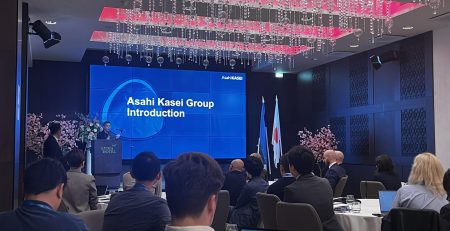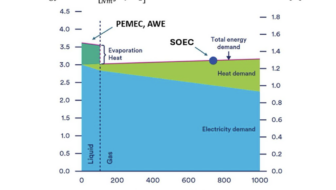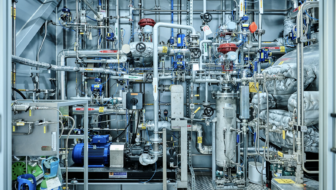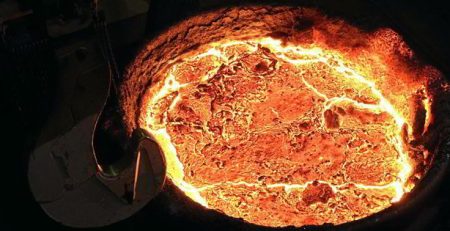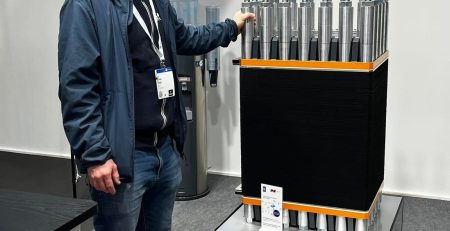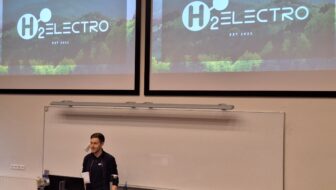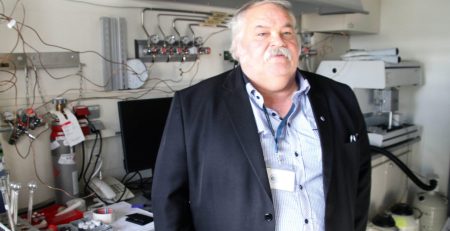Current status and prospects of hydrogen technology
Hydrogen technology is awaiting a global breakthrough in the production of hydrogen, which today continues to be mainly based on fossil fuels. In hydrogen technology, Estonia has considerable potential both in research and development, hydrogen production and its use. Extensive economic benefits can be expected from the development of infrastructure, for example, the creation of hydrogen transport opportunities in deep seaports, the construction of hydrogen pipelines and the integration of solar and wind farms and their infrastructure with hydrogen production and transport.
Hydrogen technology has the potential to be at the center of Europe’s transport and energy economy in the coming decades. However, to achieve a real positive environmental impact of the technology, it is necessary to use renewable energy sources in the production of hydrogen. Hydrogen produced by the electrolysis of water with the help of solar and wind energy, or green hydrogen, is one of the most environmentally and climate-friendly energy carriers. In the case of green hydrogen, no nitrogen or sulfur compounds are produced during the production and use of hydrogen, and its use can greatly reduce the amount of greenhouse gases in industry, transportation, and energy production.
Prerequisites for a breakthrough:
- New electrode and membrane materials. A major concern for electrolysers is the wear and tear effect of rapid and frequent start-up and input voltage change on the electrolysers’ electrodes and separators.
- Introduction of solid oxide electrolysers. These have the greatest potential in the long term because they contain inexpensive materials and have a compact design. The breakthrough is currently behind scaling, electrolysers with higher power and productivity would be needed so that they could be used, for example, at wind farms.
- Development of hydrogen infrastructure. The production, storage and transport of hydrogen require special infrastructure, which is expensive to build and requires a high level of security measures to maintain.
Unlike other deep technologies, in the field of hydrogen technology, Estonia has the potential for a breakthrough in all three stages of the technology, i.e. the development, production and distribution phases. For example, research focusing on more efficient and cheaper high-temperature electrolysis, in which H2Electro is also involved, is very promising. For production, it is necessary to develop a domestic hydrogen infrastructure to link Estonia to the planned hydrogen network connecting the Nordic countries and Europe, as well as the construction of solar and wind farm networks in such a way that electricity can be stored as hydrogen in case of surplus. In consumption, the transition to hydrogen-based transport and heating solutions is a possibility.



